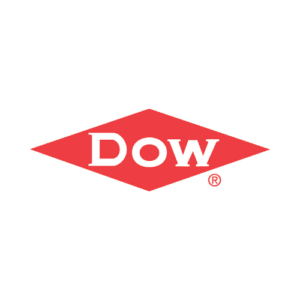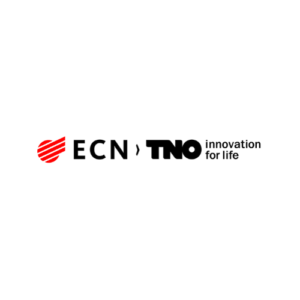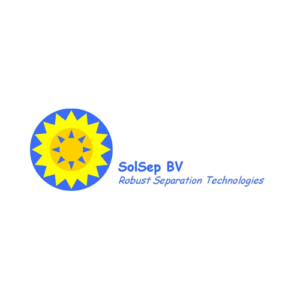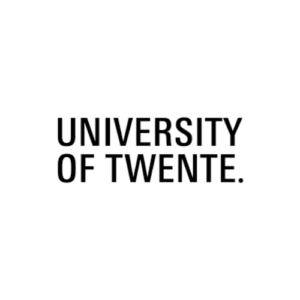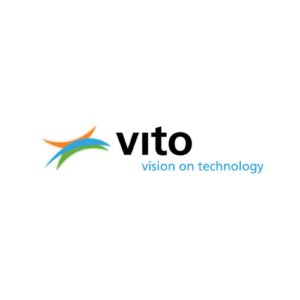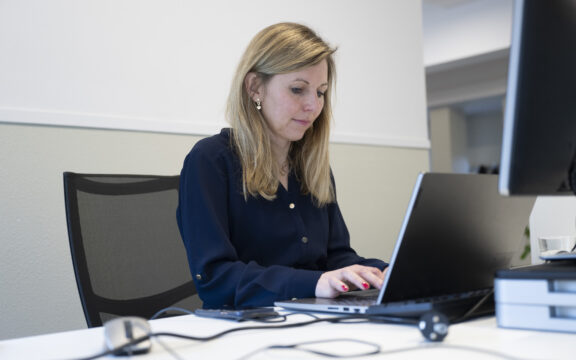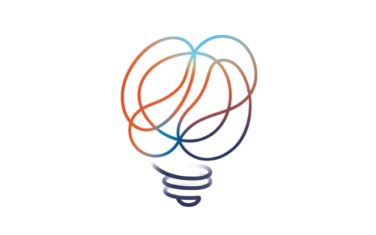Many industrial process streams contain water with solvents and other organic components. Such streams need to be purified from these components or need to be treated before further handling. Polymeric nanofiltration membranes nowadays widely used in wastewater and water treatment normally show high permeability and stable rejection. They offer a more sustainable and energy efficient alternative to currently used separation technologies.
However, if a solvent is present in the aqueous feed stream, these performances are often lost due to phenomena like swelling and membrane degradation. The permeability becomes often lower and the rejection unpredictable. This behaviour hinders implementation of membrane technology in water/solvent streams.
Stable nanofiltration membranes
This project aims to solve this by development of cost and energy effective methods for stable nanofiltration membranes, able to separate and substantially concentrate organic components from resp. in mixed solvent/water industrial process and waste streams, sized 10 – 100 m3/hr with a solvent content < 20% in water and a content of organic components in feed between 100 – 2000 ppm. This, to purify process streams from these components before further processing and to treat waste streams prior to discharge or incineration if biological wastewater treatment processes cannot handle these streams.
The project contributes to (a) energy saving in process industry, of in potential some 20 PJ/year or a reduction in CO2 discharge of 1.3 million ton/year, (b) a circular economy (recovery and re-use of water, solvent and components and less waste handling and discharge).
Project activities
- Development of new nanofiltration membranes with a MWCO from 200 to 1000 Dalton that have a competitive performance in a wide range of water/solvent mixtures. Both solvent and water may pass the membrane, whereas the components must be rejected.
- Development of test protocols to determine MWCO, salt rejection and permeability in a wide range of solvent/water mixtures.
- Benchmark these membranes against commercially available alternatives.
- Creation of a data driven model which helps to identify important process parameters and predict membrane behaviour under certain process conditions and stream compositions.
- Techno-economic evaluation and setting up a roadmap for implementation.
You might also be interested in
Articles / Publications
Solvent Tolerant Nanofiltration and Reverse Osmosis membranes for the purification of industrial aqueous streams
Epoxy-based STNF membranes prepared via non-solvent induced phase inversion as novel class of stable membranes
New Method toward a Robust Covalently Attached Cross-Linked Nanofiltration Membrane
Acknowledgement & partners
This project is co-funded with subsidy from the Topsector Energy by the Ministry of Economic Affairs and Climate Policy.
